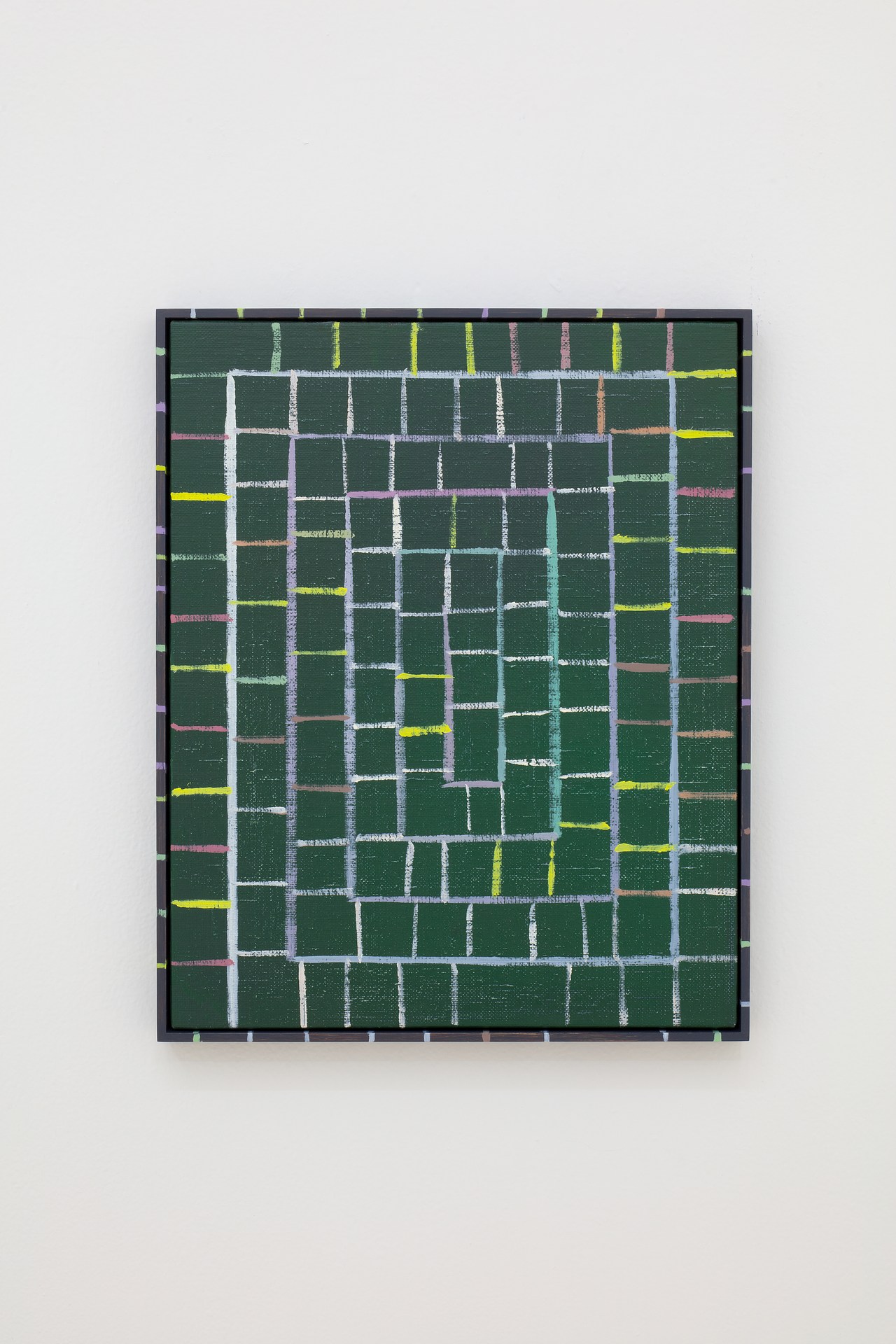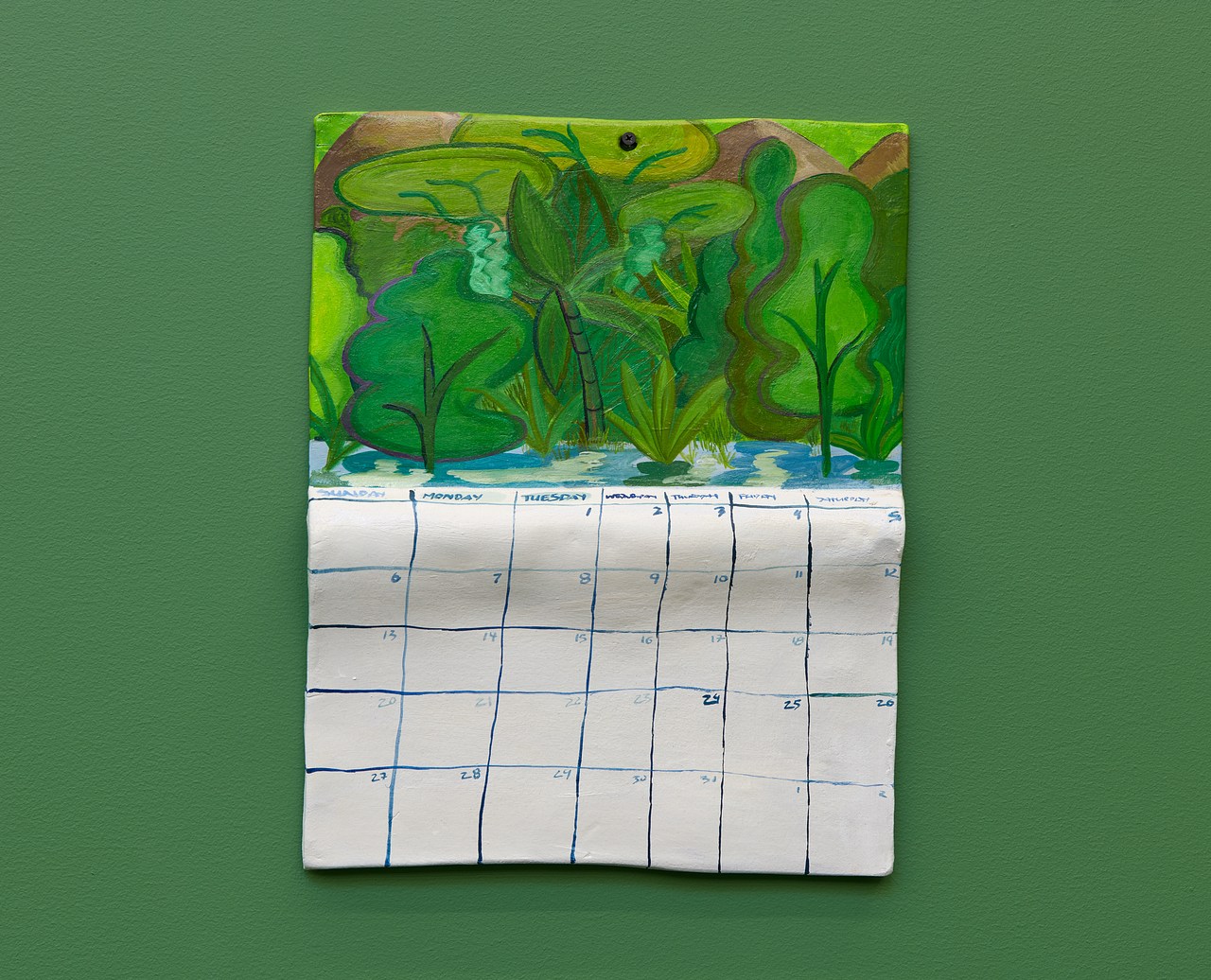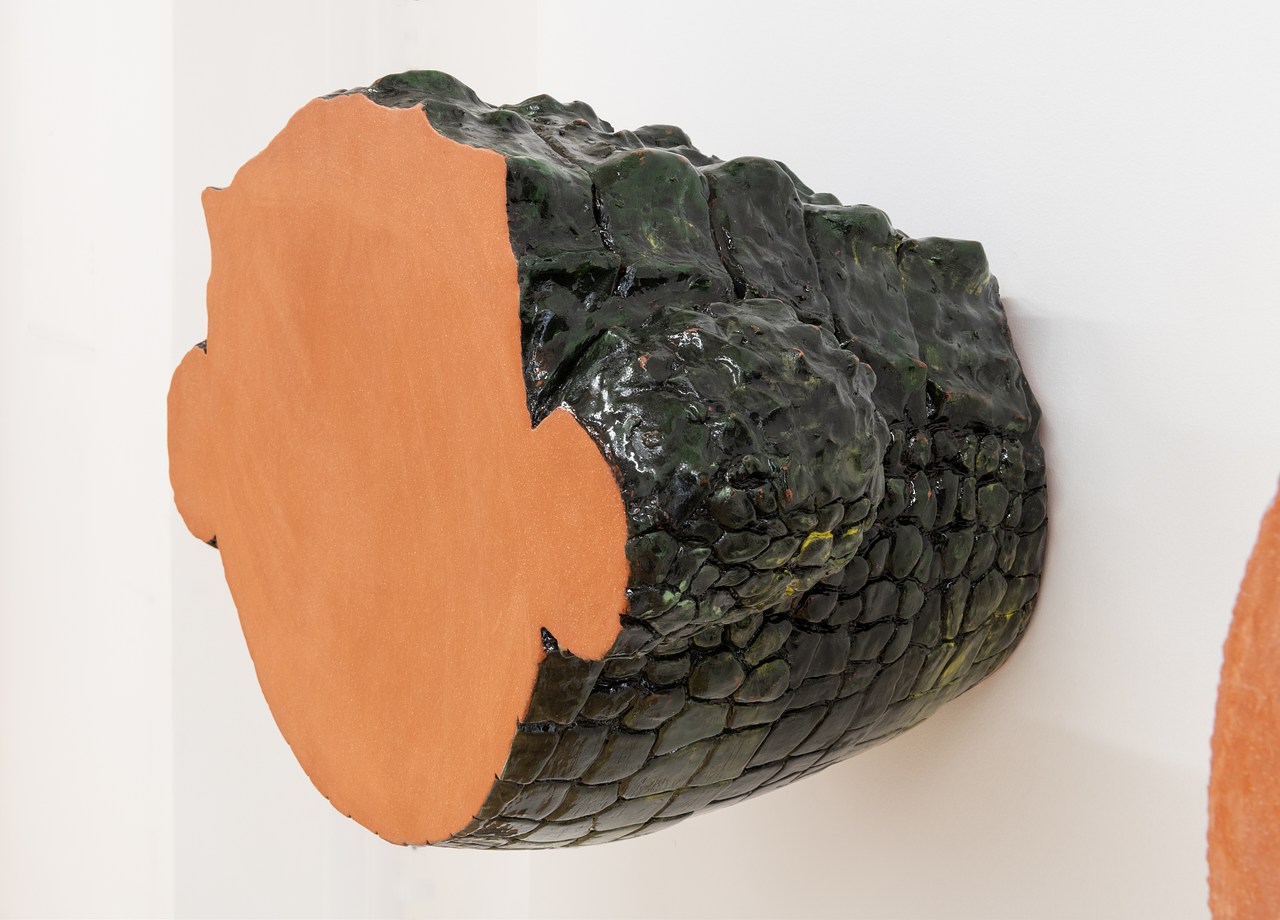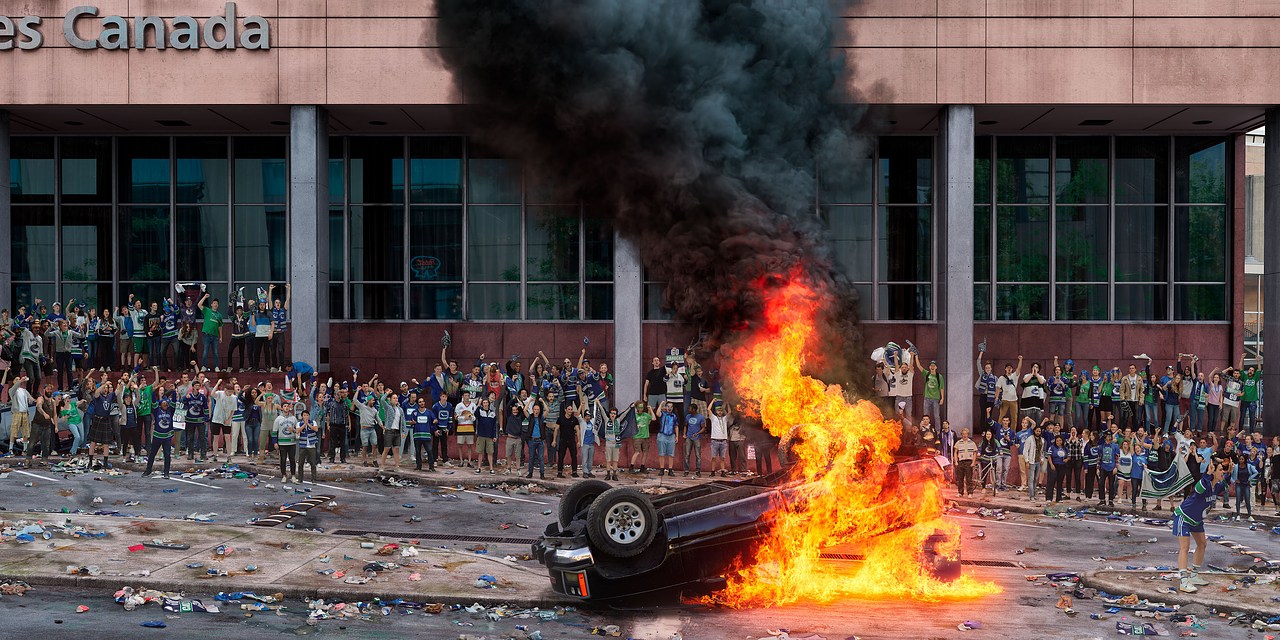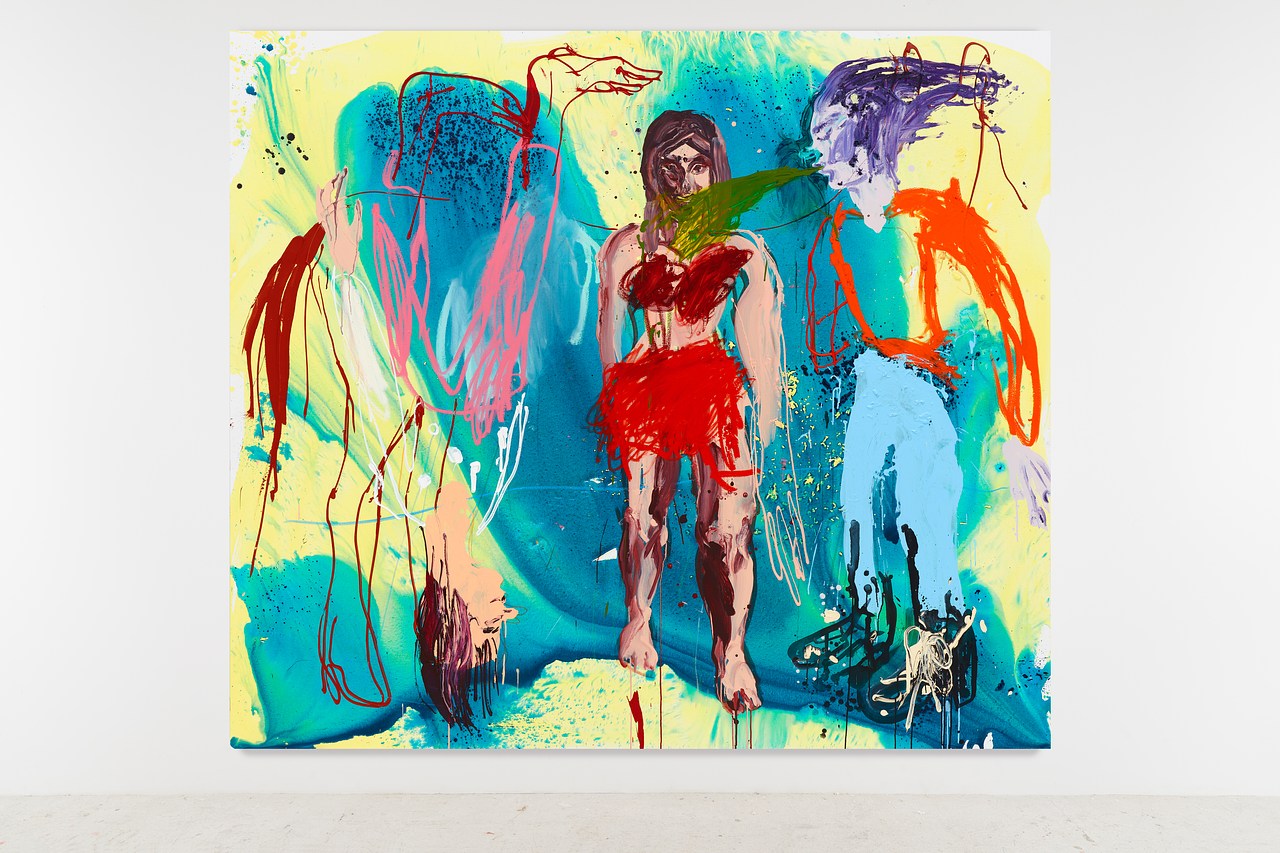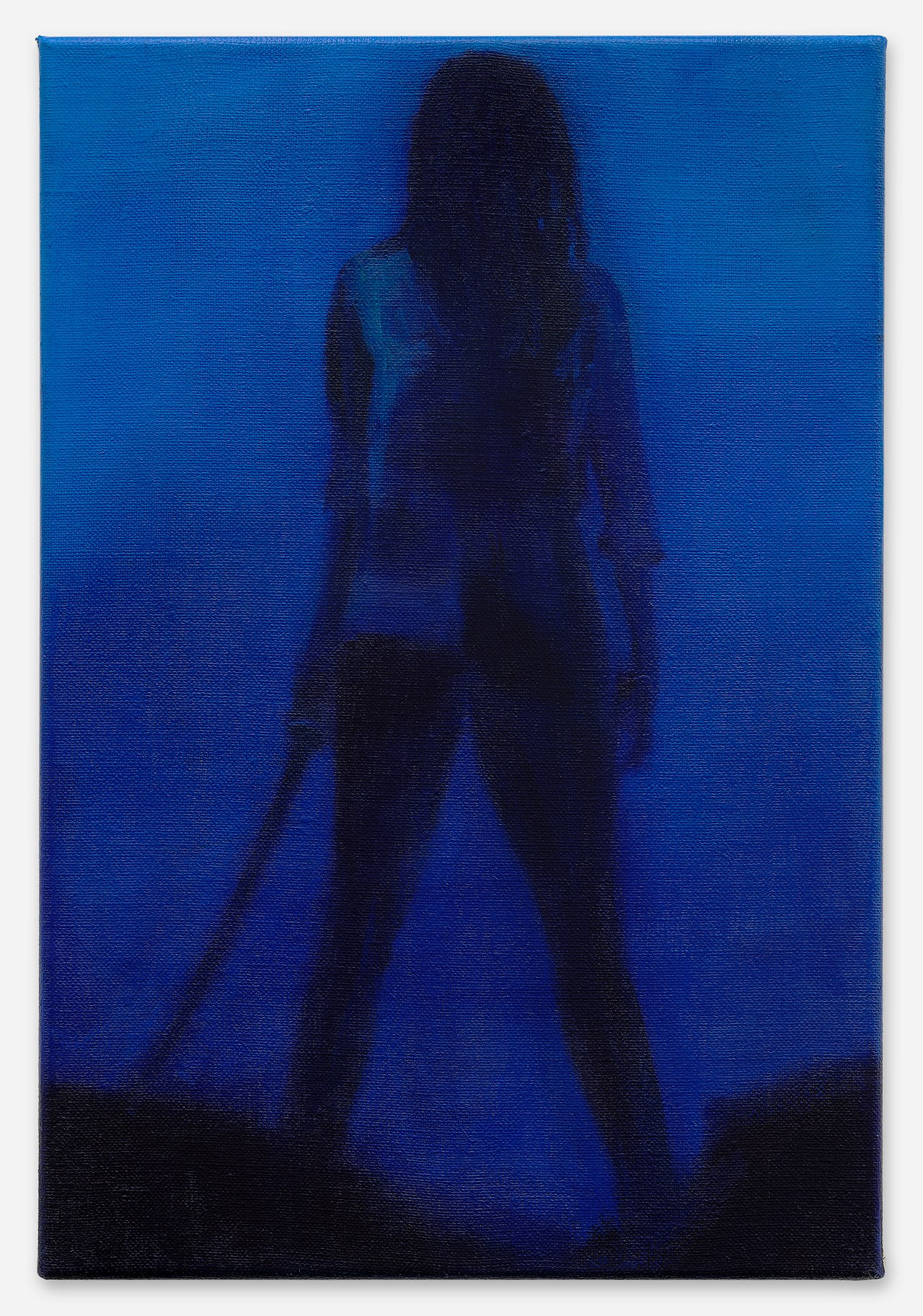Arts benefactors rank among the top conservative donors pouring funding into the political circuit ahead of the U.S. mid-term elections.
Ken Griffin, Larry Ellison and Stephen A. Schwarzman are each among the top 10 political donors backing Republican fundraising ahead of Tuesday’s election, according to recently released data by OpenSecrets, which tracks political funding. Together, the three have contributed $135 million to conservative-leaning groups.
Campaign spending for the 2022 midterm is expected to be the most expensive on record surpassing an estimate $9.3 billion, up around 30% from its 2018 high watermark, according to Bloomberg. Abortion rights, economic strain and immigration are among the topics shaping the political debate around next week’s elections.
In addition to their influence in the political realm, Blackstone CEO Steve Schwarzman, Citadel’s Ken Griffin and Oracle founder Larry Ellison, the latter two who have each appeared on ARTnews list of Top 200 collectors, each have major footprints as public figures in the arts.
Last year, Griffin made headlines when he outbid a 17,000-person DAO group of crypto enthusiasts to win a rare copy of the U.S. Constitution for $43 million at auction. The acquisition, which Griffin lent to the Crystal Bridges Museum of Art in Arkansas this year, added to his already formidable collection, which includes works by Jean-Michel Basquiat, Paul Cézanne, Jackson Pollock and Jasper Johns. Since 2015, he’s donated more than $260 million to museums and art spaces in the U.S., including the Museum of Contemporary Art Chicago, where a gallery is named for him.
Copyright
© Art News


